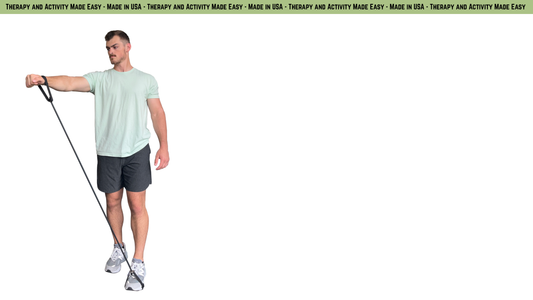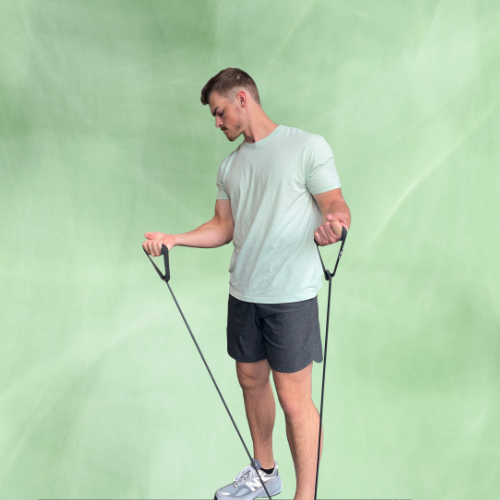The Power of a Mounted Resistance Band Wall Anchor: Enhancing Your Workout and Recovery
In the world of fitness and training, there are endless tools and equipment to choose from. One often overlooked gem is the mounted resistance band wall anchor. This permanent fixture can be a game-changer, transforming any workout or training space into a versatile haven. Not only does it provide convenience and variety, but it also plays a significant role in improving training outcomes, especially in the realms of recovery and therapy. In this blog post, we'll explore why a mounted resistance band wall anchor is a must-have addition to anyone's fitness arsenal.
-
Versatility and Targeted Workouts: A mounted resistance band wall anchor offers unparalleled versatility when it comes to exercise options. By securely attaching resistance bands to the anchor, you can perform a wide range of resistance-based movements from different angles. This setup allows for targeted muscle engagement and the ability to isolate specific muscle groups. Whether you want to focus on upper body, lower body, or core exercises, the wall-mounted anchor provides the stability and support needed for an effective and efficient workout.
-
Enhanced Strength and Muscle Building: Resistance training is an essential aspect of any fitness routine, and a mounted resistance band wall anchor takes it to new heights. By utilizing resistance bands with a fixed anchor, you can achieve continuous tension throughout the entire range of motion, activating more muscle fibers compared to traditional weightlifting alone. This increased muscle engagement leads to improved strength gains and muscle development. Furthermore, the adjustable resistance levels of the bands allow for progressive overload, ensuring consistent muscle stimulation and growth.
-
Injury Prevention and Rehabilitation: Recovery and therapy are vital elements of any training program, and a mounted resistance band wall anchor can be instrumental in this regard. The controlled resistance provided by the bands minimizes the risk of joint stress and injury, making it an ideal option for individuals with limitations or recovering from injuries. The anchor's fixed position allows for safe and targeted exercises to strengthen weakened muscles, promote joint stability, and aid in the rehabilitation process.
-
Space Optimization and Convenience: While a mounted resistance band wall anchor may not offer portability, it excels in maximizing space efficiency within a dedicated training area. Once securely installed, it becomes a permanent fixture, eliminating the need for setup and takedown. This convenience allows you to jump right into your workout without the hassle of assembling equipment. Additionally, the anchor's fixed position ensures consistent resistance and stability during exercises, enhancing safety and overall training experience.
-
Cost-Effective Investment: Investing in a mounted resistance band wall anchor is a cost-effective choice in the long run. Unlike purchasing an entire home gym or expensive equipment, the anchor serves as a one-time investment. Resistance bands are relatively affordable, and with a mounted anchor, you have access to a wide range of exercises and training options. It provides a cost-effective solution for individuals looking to enhance their workouts, build strength, and improve recovery without breaking the bank.
A mounted resistance band wall anchor is an invaluable tool for improving your workout routine and enhancing recovery and therapy. Its versatility, stability, and ability to target specific muscle groups make it a worthy addition to any training space. Whether you're a fitness enthusiast, an athlete in need of rehabilitation, or someone looking to optimize your home gym, a mounted resistance band wall anchor can revolutionize your training experience. Embrace the power of this permanent fixture, and unlock new dimensions of strength, flexibility, and overall fitness.



